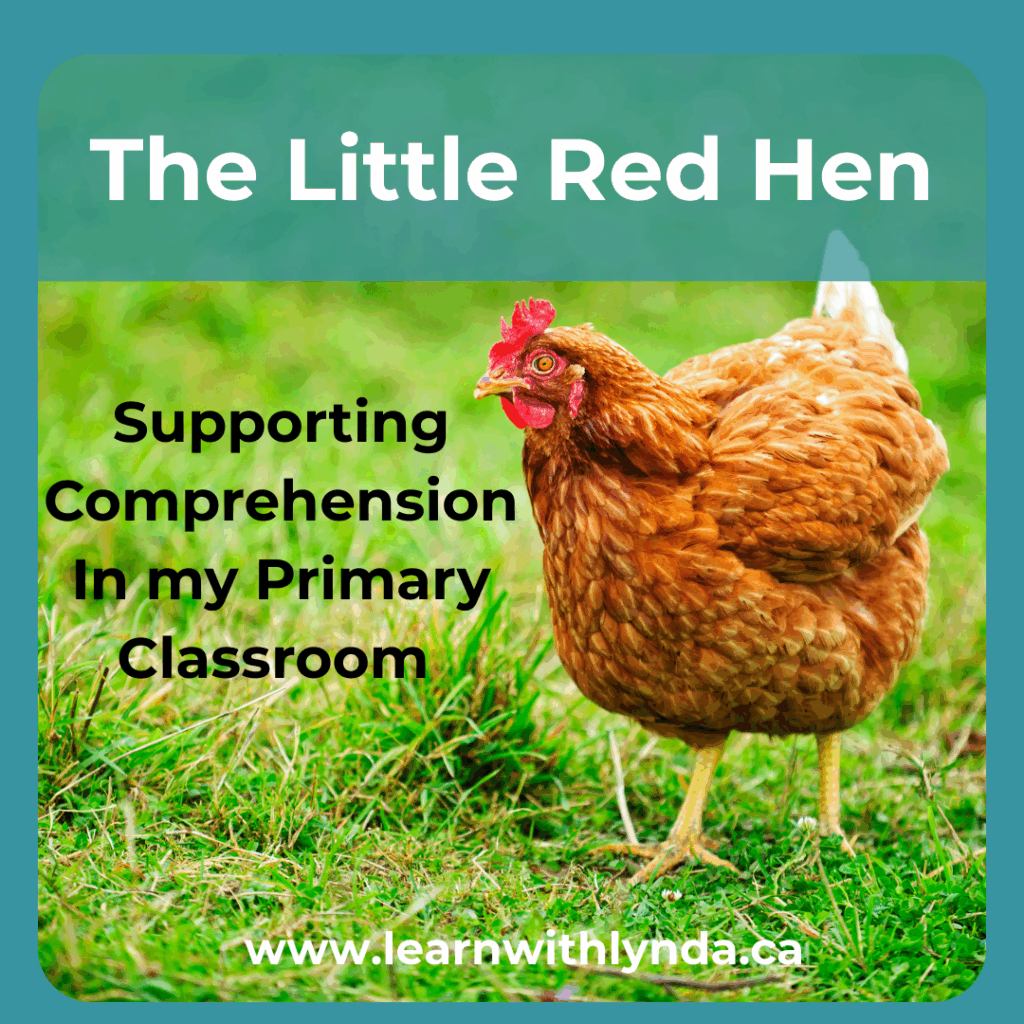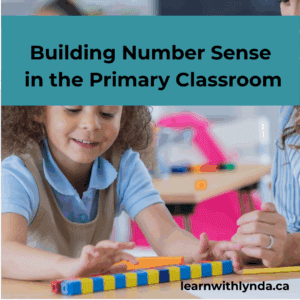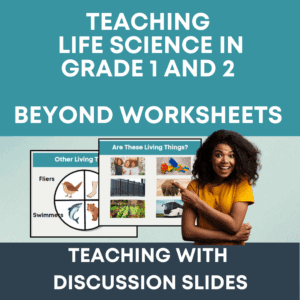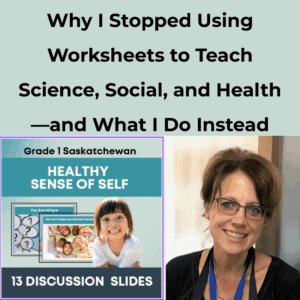This week, I used the story The Little Red Hen to help my students build their comprehension skills in a playful, meaningful way. Instead of relying on worksheets, we explored the story through conversation, comparison, and creative play. We read several different versions of the book and even watched a few video adaptations. These experiences let my students explore key comprehension strategies in a hands-on, engaging way.
Here’s how I used the story—and the benefits each activity brought to my students:
Connections
This story was ideal for making personal connections and text-to-text connections, especially after we introduced other versions. When students connect a story to their own lives or to books they’ve read before, their understanding deepens. These connections make the learning more relevant and help students remember key ideas.
Describing Feelings
We explored how The Little Red Hen must have felt when her friends refused to help. This led to great discussions and gave me the chance to introduce new vocabulary to describe emotions—like frustrated, determined, and proud. Building emotional vocabulary helps students express themselves more clearly in both speaking and writing, and of course, it supports social-emotional learning.
Comparing Versions
By reading different print versions and watching video retellings, students practiced identifying similarities and differences in characters, settings, and plot. These comparison conversations supported critical thinking and encouraged students to notice how authors and illustrators make different choices. It also promoted speaking and listening as students explained their ideas to each other.
Predicting
The familiar and repetitive structure of the story made it perfect for making predictions. Students were able to confidently guess what might happen next and explain their thinking. Predicting helps readers stay engaged with the story and teaches them to use clues from the text to think ahead—an essential reading habit.
Retelling
After listening to the story, students practiced retelling the important parts—who, what, when, where, why, and how. To support this, I used story highlight cards and added small world play characters to our play invitations. This allowed students to explore the story through imaginative play while practicing sequencing and oral language. Retelling helps students build story structure awareness.
Writing Connection
Many of the story versions included speech bubbles, which inspired students to use them in their own writing. It was exciting to see them experiment with dialogue in their stories. This connection between reading and writing builds confidence and encourages students to try new techniques in their own work.
Versions
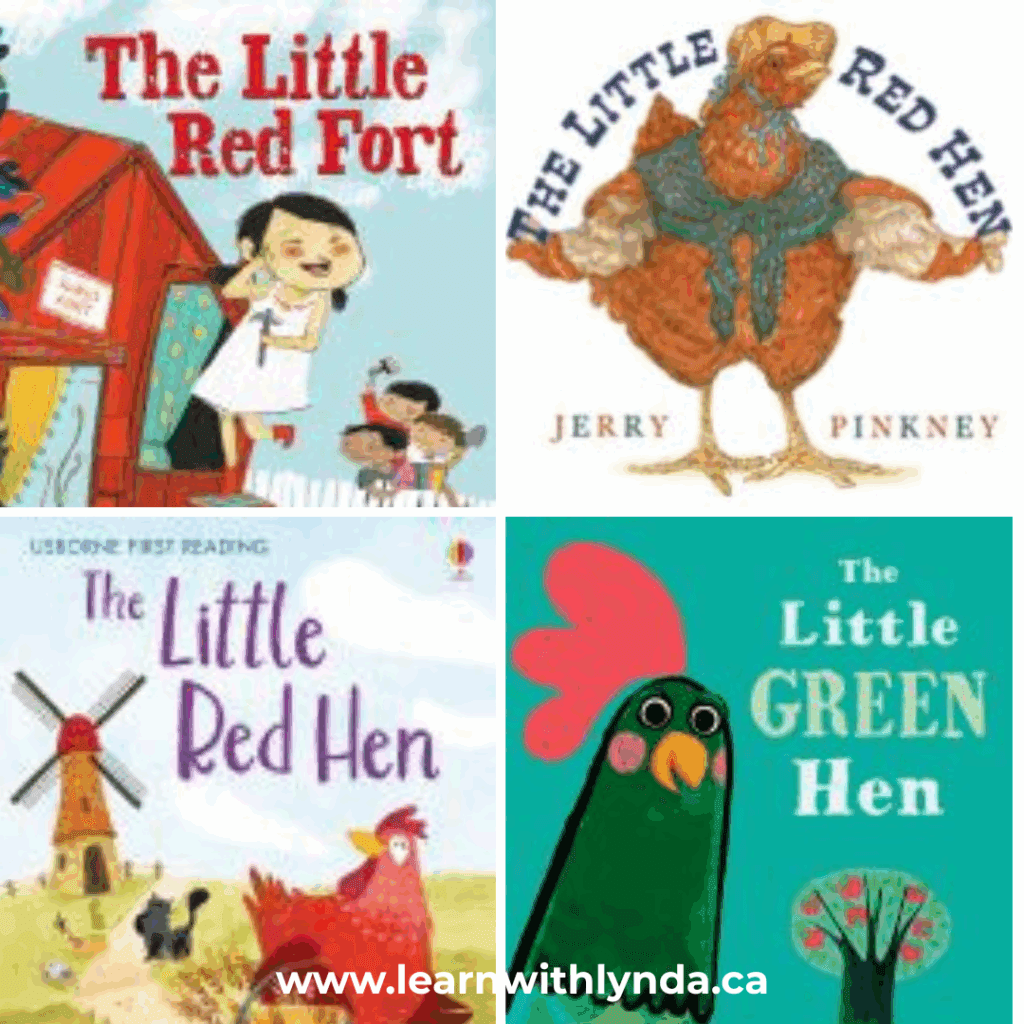
The Little Red Hen turned out to be a powerful tool for developing comprehension skills through playful learning. These activities helped my students think deeply about the story while having fun—and not a single worksheet was needed!
If you’re looking for ways to bring stories to life and make comprehension more engaging, give this approach a try. Your students will love it—and you’ll love the learning that comes with it.
Happy Learning,
Lynda

